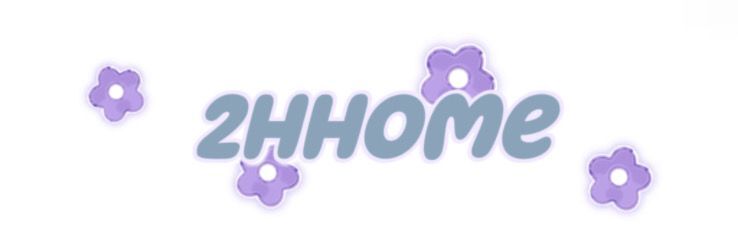EPE Foam Barrier Sheets vs. Traditional Foam: Which Is Better?
Yuanlong Packaging are exported all over the world and different industries with quality first. Our belief is to provide our customers with more and better high value-added products. Let's create a better future together.
Understanding EPE Foam Barrier Sheets
EPE (Expandsable Polyethylene) foam barrier sheets offer a lightweight yet effective protective solution. Their closed-cell structure provides excellent moisture resistance and resilience, making them ideal for various applications, from packaging to insulation.
Key Benefits of EPE Foam Barrier Sheets
- Lightweight: EPE sheets are significantly lighter than traditional foam options, reducing shipping costs and improving handling.
- Moisture Resistance: The closed-cell structure ensures minimal moisture absorption, protecting contents from dampness.
- Durability: These sheets can withstand physical stress and maintain their shape over time, offering a long-lasting solution.
Exploring Traditional Foam Alternatives
Traditional foam, such as polyurethane or polystyrene, has been widely used in packaging and insulation for decades. While effective, it comes with its own set of advantages and disadvantages.
Pros and Cons of Traditional Foam
- Pros:
- Good cushioning properties for fragile items.
- Widely available in various densities and thicknesses.
- Cons:
- Heavier than EPE foam, leading to increased shipping costs.
- More susceptible to moisture damage unless treated or coated.
Comparison: EPE Foam Barrier Sheets vs. Traditional Foam
When deciding between EPE foam barrier sheets and traditional foam, consider aspects such as application, cost, and environmental impact.
Application Suitability
EPE foam works wonders for lightweight packaging and insulation, particularly in environments where moisture is a concern. Traditional foam shines in heavy-duty applications needing significant cushioning power.
Cost-Effectiveness
Initial costs for EPE sheets may be slightly higher, but their durability and reusability can lead to savings in the long run. Traditional foam may seem cheaper upfront; however, its susceptibility to wear and tear can result in higher replacement rates.
Environmental Considerations
As sustainability becomes increasingly important, EPE foam offers a more eco-friendly option. It is recyclable and can be made from recycled materials. Conversely, traditional foam often presents challenges regarding disposal and recycling.
Conclusion: Which Is the Right Choice?
Ultimately, the choice between EPE foam barrier sheets and traditional foam hinges on your specific needs. If lightweight, moisture-resistant, and durable protection is a priority, EPE foam is the clear winner. However, for heavy-duty cushioning applications, traditional foam may still hold value. Assess your requirements carefully to make an informed decision that optimizes performance and cost-effectiveness.
If you are looking for more details, kindly visit our website.
63
0
0

Comments
All Comments (0)